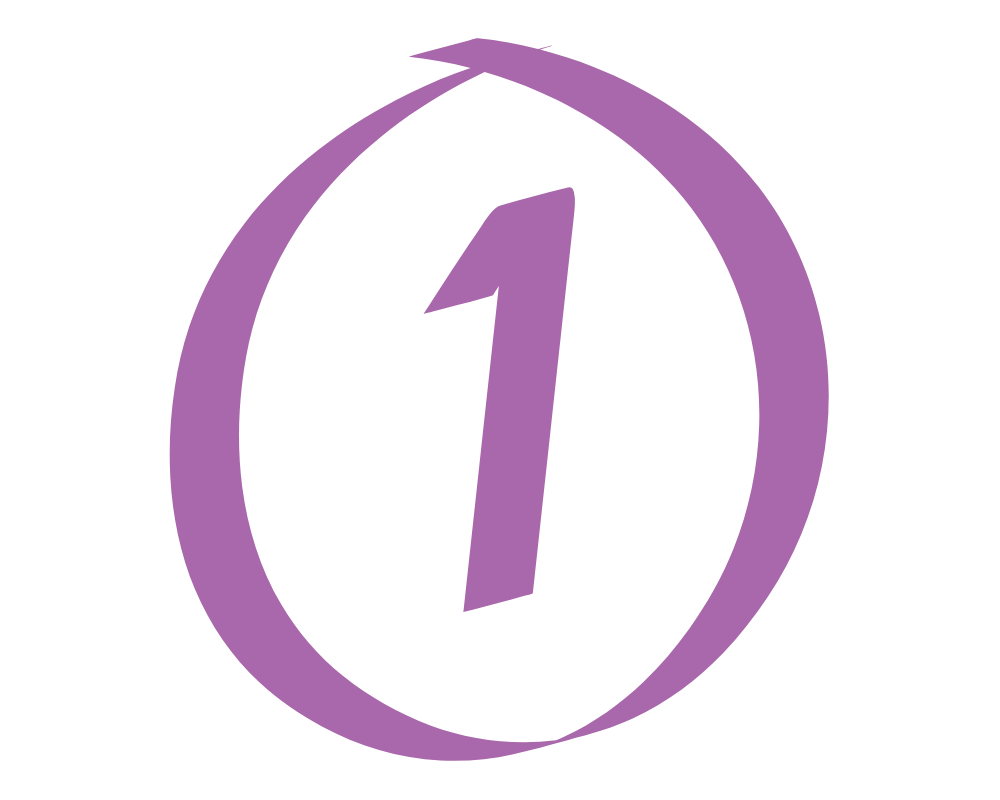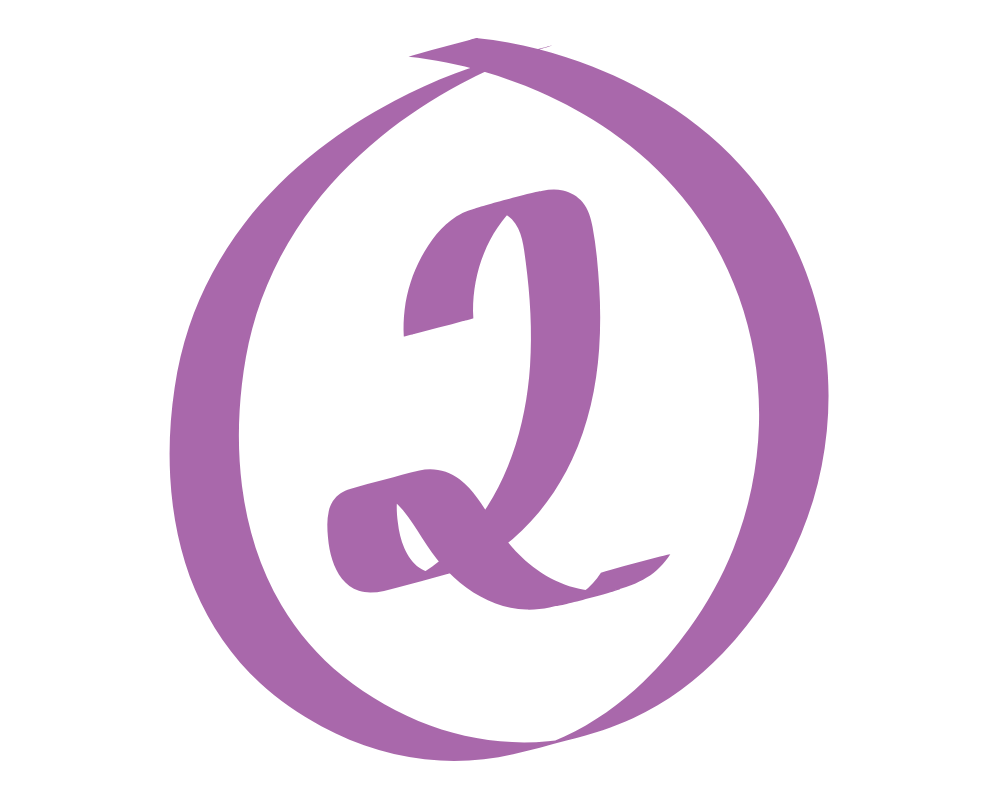Most of us have a predominant idea of how things should be done. But have you ever found yourself going through it over and over again? When opinions and doing things right turn into intrusive thoughts, there is probably something else to consider.
Obsessive-Compulsive Disorder is widely known to most of us. There are movies and shows about it. But experiencing OCD symptoms is nothing like seeing them on the TV.
Let’s briefly review what OCD is and how TMS therapy can help. Is TMS treatment for OCD effective and safe?
OCD stands for Obsessive-Compulsive Disorder. According to the National Institute of Mental Health, it is a long-lasting disorder with uncontrollable thoughts and behaviors. Repetitive behaviors develop in two phases:
Compulsions should be completed to feel at ease in case of OCD, meaning that people are ultimately forced by their own minds to engage in this repetitive behavior.

The most critical OCD symptoms are enclosed in two categories. They are:

The classic example is fear of contamination or germs. Other obsessions include perfect order and symmetry. Other people may develop recurring thoughts of self-harm or taboo thoughts about sex.

It is a repetitive behavior prompted by obsessions. These people feel the urge to complete the compulsion after experiencing an obsessive thought. For example, engaging in excessive hand washing, cleaning, or arranging things. Another compulsion can be counting compulsively or checking on things repeatedly.
Compulsions should be differentiated from habits or rituals. Unlike them, these intrusive thoughts are impossible to control. People with OCD spend one hour of their day or more in these behaviors, and it causes problems in their day-to-day.
Transcranial magnetic stimulation is a non-invasive technique. It only requires placing electrodes on the scalp. They send an electrical field that depolarizes the neurons and changes brain chemistry.
Experience with TMS treatment shows that OCD symptoms tend to improve in these patients. In most cases, patients need daily treatment for 3 to 6 weeks to experience a noticeable difference in the frequency and intensity of intrusive thoughts and compulsions. Each session lasts around 20 minutes.
Interestingly, studies show that TMS can be successful in some cases where mainstream OCD treatment fails to relieve the symptoms.
Early studies about TMS treatment for OCD showed promising results. One of these reported a 39% reduction of OCD symptoms after ten sessions. The improvements continued for one month after therapy.
Another study evaluated brain activity before and after TMS therapy in these patients. They showed that TMS treatment modulates metabolic activity in brain regions associated with OCD symptoms.
Also, when mainstream OCD treatment does not solve intrusive thoughts and compulsions, TMS therapy can help. After this therapy, patients reduced functional disability scores. They lost fewer working days per week, and symptom severity levels were reduced.
Repetitive thoughts and behaviors are the main symptoms of obsessive compulsive disorder. They compromise these patients’ quality of life and day-to-day due to the intensity of the intrusive thoughts. OCD treatment with TMS is being postulated as a safe and effective coadjutant treatment for this condition. The symptoms of this disorder tend to reduce after ten sessions, and it doesn’t have any side effects. Still, TMS treatment is not meant to replace a medical treatment of OCD in any way. If you are interested in this alternative, talk to your doctor about it to see if you are a good candidate.
“If, while waiting for your appointment to be seen by a psychiatrist or Qualified Mental Health Professional, your situation deteriorates or you experience thoughts of harming yourself or others, please call 911 or proceed to the nearest emergency room immediately. You may also call the suicide hotline at 800-273-8255.
*** For any medical procedures, patients respond to treatment differently, hence each patients’ results may vary.
****Information on this site is not intended or implied to be a substitute for professional medical advice or treatment. All content contained on or available through this site is for general information purposes only.
*****By using this website and sending us your information you are giving us permission to contact you by electronic and non–electronic means. We also track the conversions and collect user data to improve marketing.
******If you are vision-impaired or have some other impairment covered by the Americans with Disabilities Act or a similar law, and you wish to discuss potential accommodations related to using this website, please contact us.
We specialize in treating moderate to severe depression for all ages with Transcranial Magnetic Stimulation (TMS therapy). TMS is the most advanced FDA-approved depression treatment.
